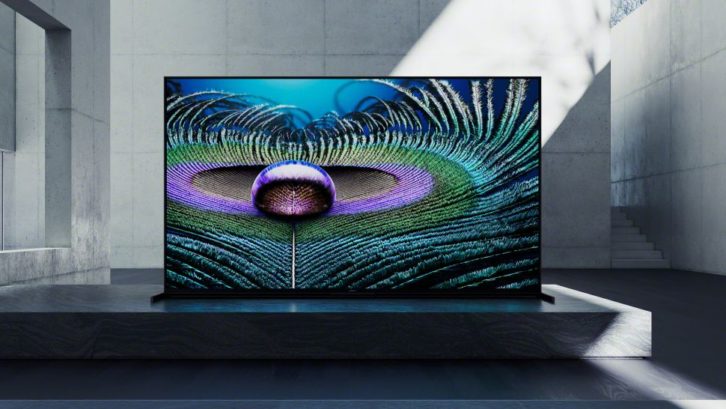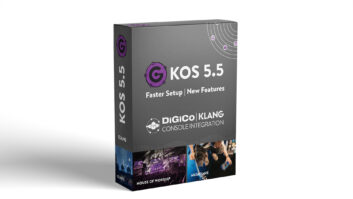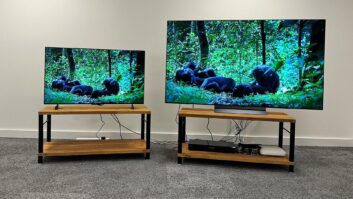By Devin Partida
Like virtually all other industries that wish to stay competitive in 2021, the consumer electronics (CE) sector will adapt to meet customer needs and evaluate different ways of encouraging people to buy products. Here are five situations that are likely on the horizon.

1. E-Commerce Will Continue Offering an Attractive Way to Buy CE
The COVID-19 pandemic was a major driver in pushing people to make their purchases on the internet rather than in person. Analysts expected e-commerce sales to top $156.50 billion for computers and CE products in 2020.
The pandemic will likely continue dominating much of this year. Vaccine rollouts are slower than anticipated in many areas. Plus, researchers do not yet know whether the approved shots stop someone from transmitting the virus. People may still spread it, even though the vaccine prevents them from showing symptoms.
This means retailers will keep urging people to buy their consumer electronics online. They might offer perks like free shipping or a year of complimentary tech support to make it more attractive for people to make large CE purchases without seeing the products in person first.

2. Consumers Will Get Even More Interested in High-Tech TVs
CES 2021 is an entirely virtual event this year. However, that change has not stopped tech analysts from weighing in with their thoughts about the most in-demand items of the year.
Televisions appear prominently on trend lists this year. Many of the innovations center on better picture quality. For example, MicroLED televisions feature millions of tiny LEDs to provide better contrast, brighter colors and overall improved viewing. Samsung will even debut a model with a whopping 110-inch screen.
Manufacturers are also bringing more gaming-friendly TVs to the market in 2021. That makes sense, given that many dedicated gamers regularly buy specialized equipment to enhance their gameplay. With so many people forced to spend more time at home in 2020, many may decide that 2021 is an ideal year to finally buy a high-end television.
3. CE Retailers Will Use Messaging Platforms for More Personalized Service
When today’s consumers buy things, they want quick, easy ways to connect with retailers when they have questions or problems. Text messaging is emerging as an appealing and viable option — especially since messages can now include helpful details, such as maps to the nearest store.
However, retailers that successfully use messaging steer clear from the mass distribution techniques of the past. Now, they understand that texting can quickly and easily send out alerts for targeted promotions. Perhaps a person opted to receive text communications and had recently browsed for a smart speaker on a CE retailer’s website. They might get a message about an upcoming sale.
Best Buy has used text messaging to promote its Black Friday sales and a “12 Days of Deals” event. It did the same to keep people informed about home delivery dates and Geek Squad tech support appointments. Those examples show how text messaging can work well for distributing timely information and illuminate why more retailers will likely use it in 2021.
 4. Video Content Will Help Consumers Make Smarter Purchases
4. Video Content Will Help Consumers Make Smarter Purchases
As more shoppers buy CE products online, retailers will need to explore new or better ways to show off products and their features. Some analysts believe video content will become an increasingly essential part of the e-commerce landscape.
That prediction makes sense because people will appreciate more descriptive content that acquaints them with a product’s features. For example, it’s more impressive to see how a user could interact with a smart home product than to read a list of the things the item can do.
Indeed, some people prefer engaging with text-based content. However, others like how video clips help answer some of the questions they may have before making purchases. Videos could also feature how-to content that walks a purchaser through setting up their new product.
5. People Will Become More Interested in Gesture Recognition Technology
Recent months saw people pushing elevator and crosswalk buttons with their elbows and using plastic devices that hooked onto doors and opened them without touching the handles. They did these things as part of various strategies to stay safe during the COVID-19 pandemic, especially when researchers confirmed that contaminated surfaces could help the virus spread.
Gesture recognition seems set to emerge as a relevant and desired technology in 2021. In one example, Japanese engineers created a system that uses it to confirm that people washed their hands correctly. Another company debuted an option for equipping existing kiosks with this technology.
Now that people got such a stark reminder of how severe public health threats can become, many will likely think twice before touching surfaces that hundreds or thousands of others did before them. Perhaps that’s why the gesture recognition market will reach $15.3 billion in value by 2025, according to one research firm.
Staying Abreast of Trends Will Boost Competitiveness
Succeeding in the CE market — whether as a retailer, a product designer or another person working in the industry — means remaining on top of trends and being ready to meet them. Consumer tastes can change rapidly, but there are usually signs of such shifts before they happen.
It’s also too early to say how much of an impact COVID-19 will have on what people buy. For example, if working from home becomes a permanent option for many people, as some analysts expect, shoppers will likely want to buy CE products that make their homes more productive.
What is certain now is that people working in CE must continue to tap into what consumers want and respond to those desires in ways that set the respective brands apart. That may mean offering new products, improved services or different methods for shoppers to get things they want.
See also: Executive Insight: The Democratization Of Professional Quality Video Is Just Getting Started












